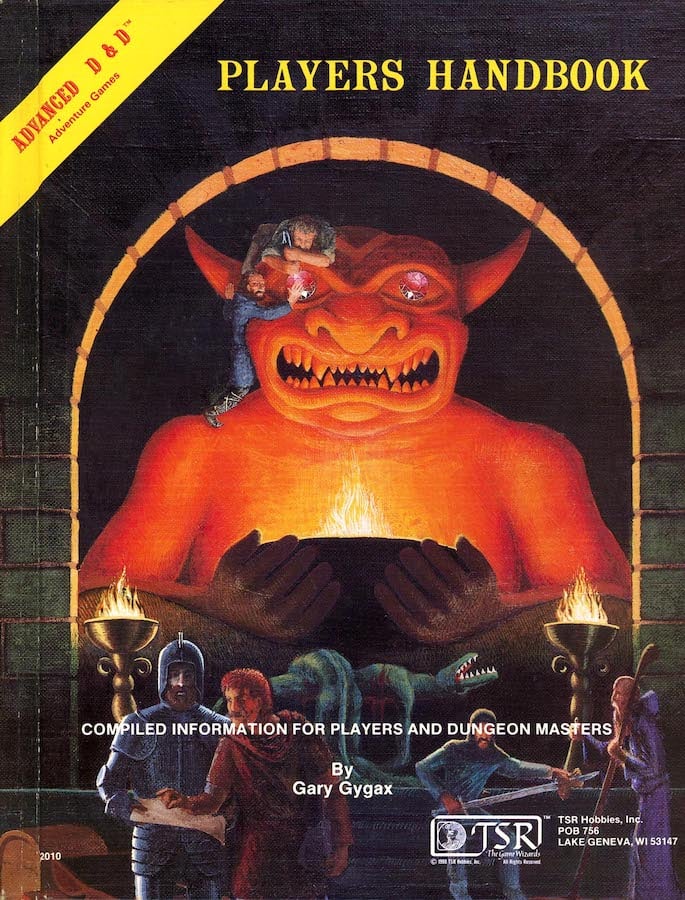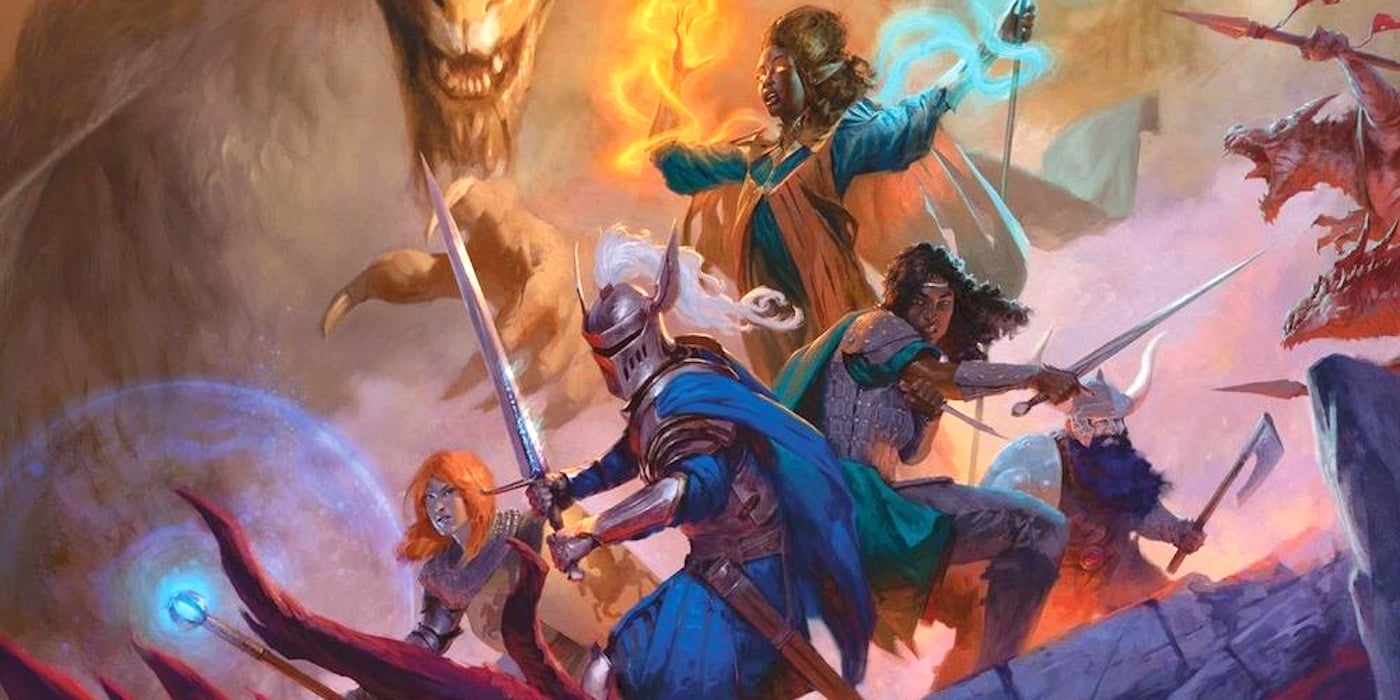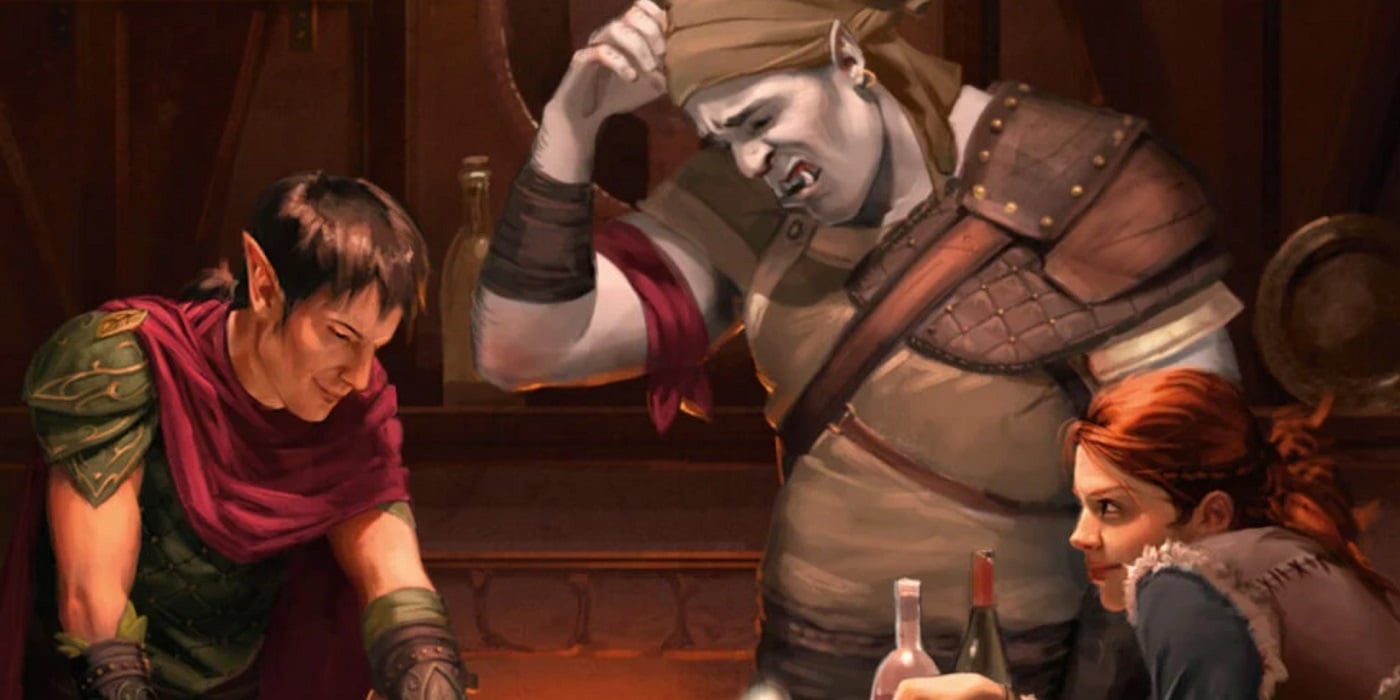D&D 5.5E: The Ranger Keeps Missing The Hunter’s Mark
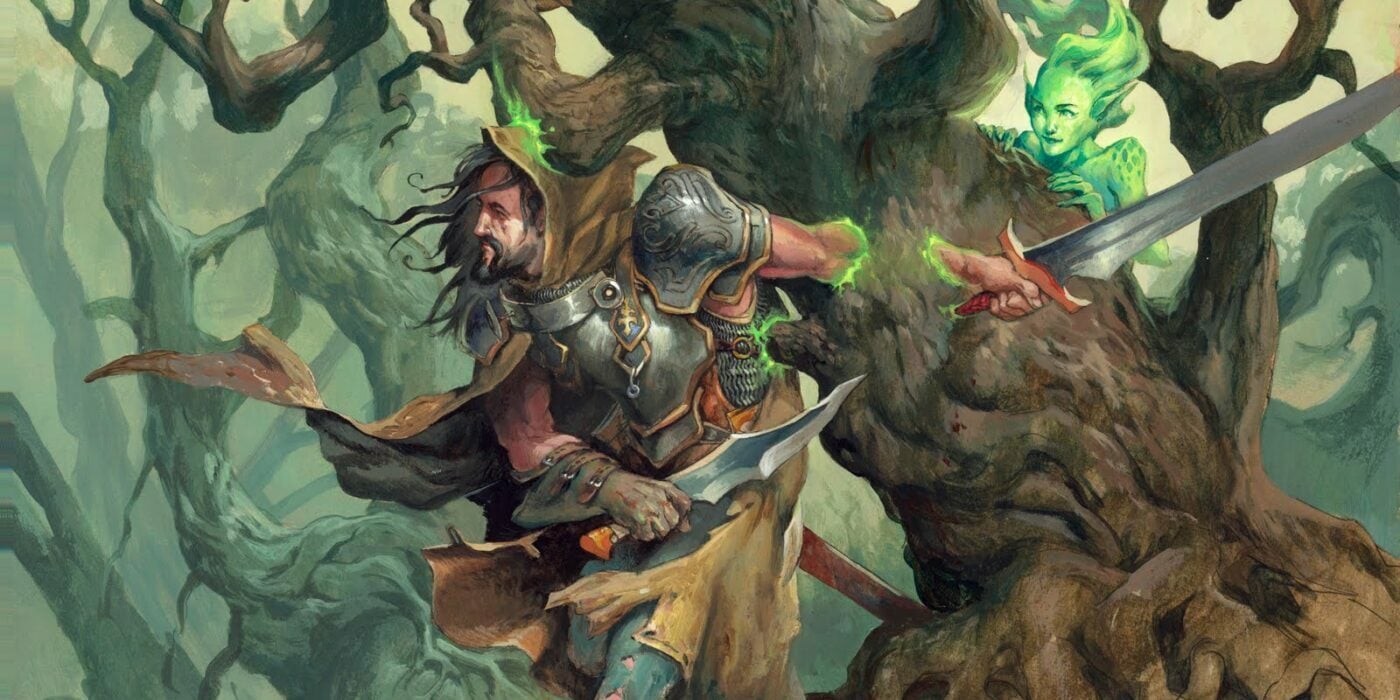
As one of the first classes added to D&D, the ranger still hasn’t found its identity with the latest updates.
The ranger is arguably one of the most popular classes in D&D. Its unique abilities and archery-focused spells make it appealing to those who want to play a bow-and-arrow character. Turning 49 this year, the ranger has had one major flaw following it since its initial release: its core identity.
Let’s be real here. When you first pick your class, you are picking it based on what it does best. The fighter fights, the paladin smites, the wizard blights, and the warlock casts an eldritch blast. Meanwhile, the ranger does what? Travels? Performs really well against one type of enemy? Walks really well when they’re in one type of terrain? Like they’re Minecraft Steve jump sprinting across a plains biome?
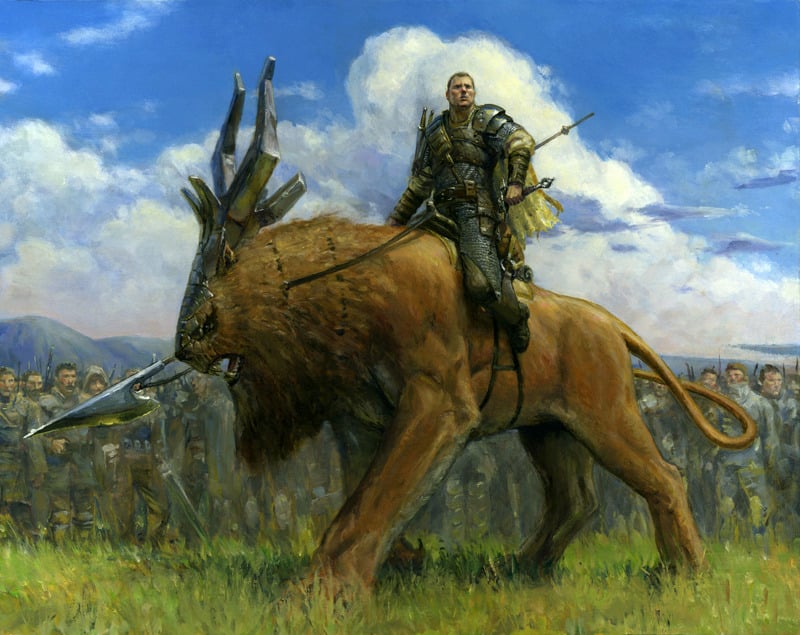
Despite its popularity, the ranger class has struggled for years to be individually unique. Its popularity in pop culture leads players to believe it’d have its own qualities to help it stand out as a unique martial class. Yet, 49 years later, it is still considered one of the worst classes to play for both roleplay and combat.
Surprisingly enough, it all began with its first iteration back in Advanced Dungeons & Dragons First Edition.
The Root of the Problem: Fighter-Man
In 1974, D&D originally came with just three classes! I know. It sounds unbelievable, right? But it’s the truth. The first three classes ever made for AD&D were the Fighting-Man, the Magic-User, and the Cleric. In modern times, these three classes formed the framework of every class that came after them. Sorta like a really weird Avatar: The Last Airbender situation.
Notice that I haven’t called the ranger class 50 years old, despite D&D’s 50th anniversary taking place this year. That’s because the class didn’t come with AD&D’s first release! It came as a late addition one year later in 1975.
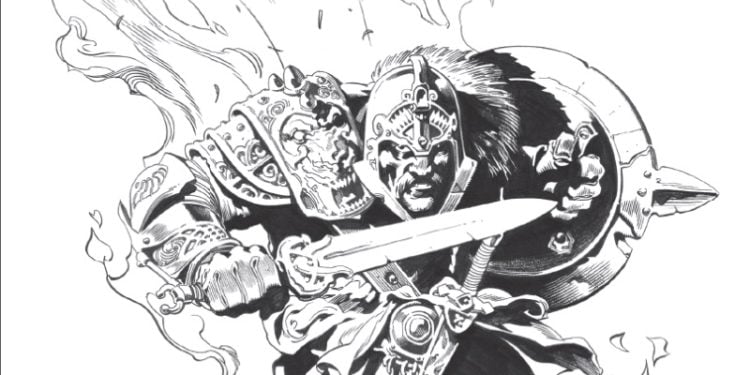
When released, it wasn’t even its own class. Instead, the ranger’s first conception was as a SUBCLASS for FIGHTING-MAN. For those who aren’t aware, the ranger class is often simplified down to a conglomeration of a bunch of classes mashed together. This is the origin of that stereotype.
A ranger has an extra attack like most other martial classes, is a half caster like a paladin, arcane archer fighter, and arcane trickster rogue; has unique class abilities that let it hide and move around more efficiently like a rogue; and even has its own less efficient sneak attack through the use of “hunter’s mark.”
Considering it was a subclass for FIGHTING-MAN, a class made to fit any physical archetype from a savage barbarian to a charming swashbuckler, it would make sense that the original ranger subclass would have aspects of its original class melded into its gameplay.
Where Has the Arrow Flown Since Then?
Following its release as a subclass in the first edition, rangers became their own class in the second edition and every subsequent edition. Here, the addition of the class’s signature ability, Favored Enemy, ignited the class’s stereotype as a hunter and defender of nature.
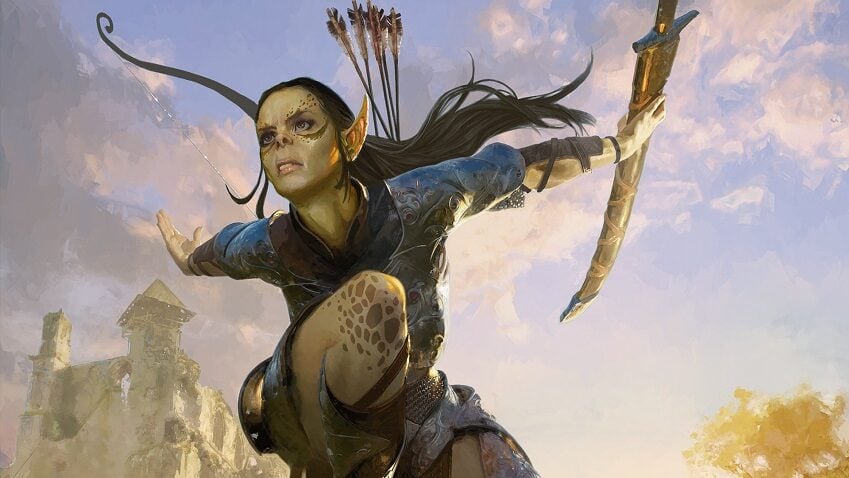
When it was first introduced, this highly specific ability struggled to gain community support and was considered incredibly weak, something that has remained true even today. Other classes could simply do what the ranger did, but better. The only thing that the ranger was objectively better at was befriending wild animals. Which, again, is a very situational ability.
The ranger had already become solely identified as a highly specialized martial combatant excelling in taming animals or tracking one specific type of enemy. It also had some weird stealth abilities, but again, a rogue does that a million times better.
In version 3.5e, the Favored Enemy ability became more viable as the class could choose up to five different favored enemies that increased as they leveled up. In 5e, the ranger received several truly great class innovations. And it’s all thanks to the community’s sugar mama, Tasha, and her Cauldron of Everything.
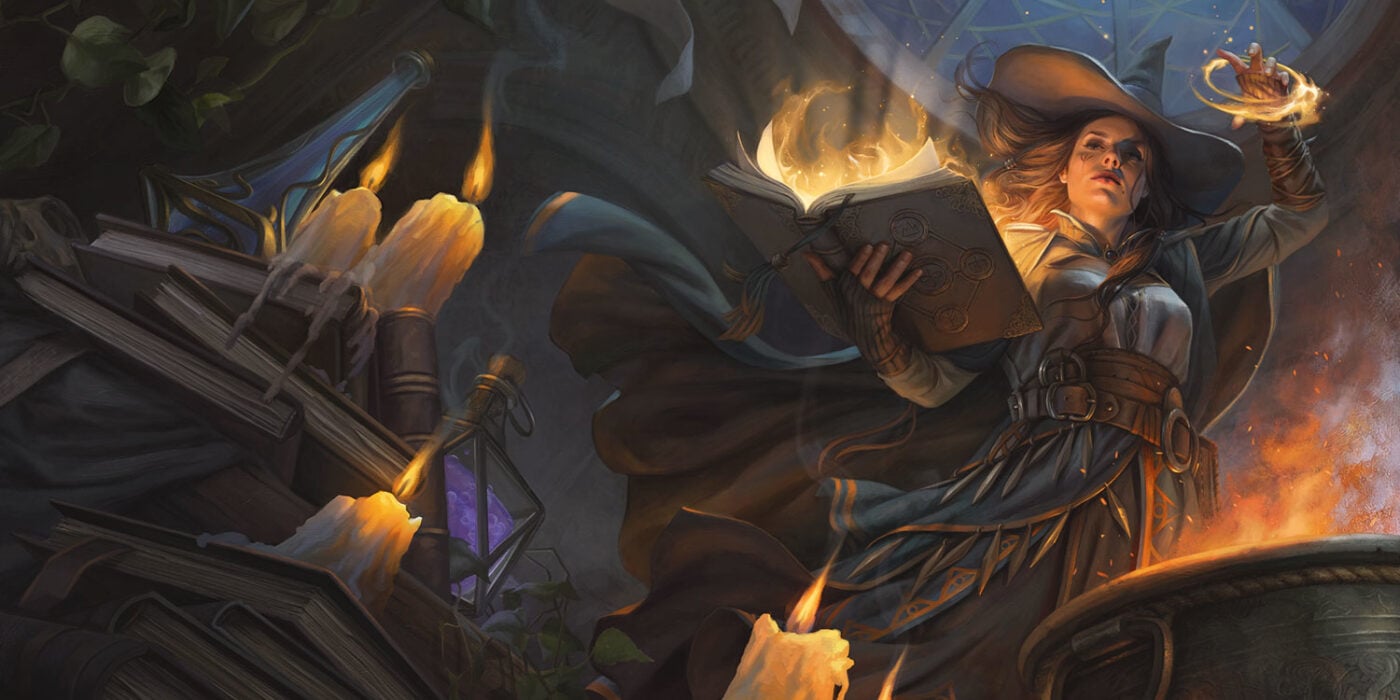
Tasha! Tasha! She’s Our Queen! If She Can’t Fix It, I’m Going to Scream!
In D&D 5e, the ranger initially received a nerf to its signature ability, Favored Enemy, only being able to have a total of three favored enemies. Because of this, the class already had a massive identity crisis on its hands, like its previous iterations. This ultimately was fixed, however, by the inclusion of optional class abilities. Namely, the ranger’s new optional abilities: Favored Foe, Deft Explorer, Primal Awareness, and Nature’s Veil.
These new abilities aimed at making the class less like a mishmashed rogue/fighter/paladin hybrid and more like a support class that specialized in debuffs and rapidly changing positions mid-combat.
Favored Foe made it so that the ranger no longer had to pick a “favored enemy.” Instead, they could universally declare a target to be a favored foe and deal extra damage to them all combat long. This gave the ability more of an impact in combat and really added to the “I know every tendon in this thing’s body, bet” flavor.
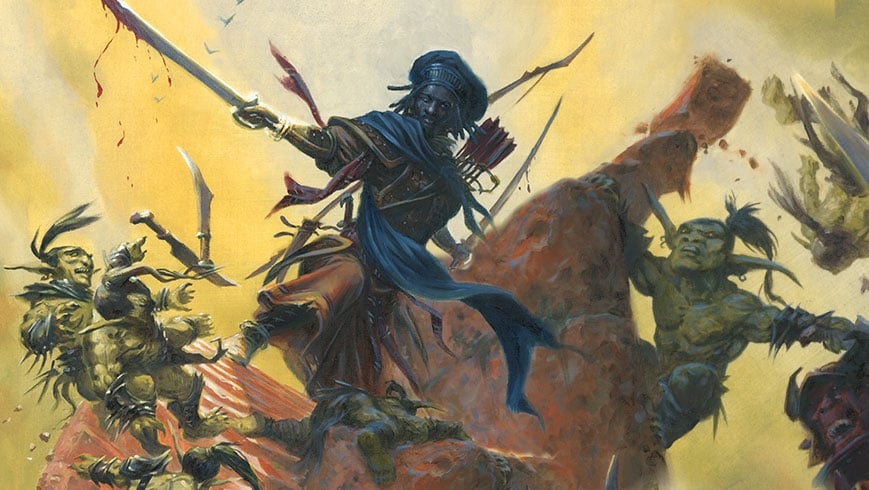
Instead of Natural Explorer, the ranger could choose to take Deft Explorer instead. Rather than picking one specific type of terrain and gaining a bunch of BASICALLY USELESS ABILITIES, the ranger would gain different bonuses as their level increased, like expertise, additional languages, more movement abilities, and even temporary hit points. This trades what once was a very subjective, hard-to-apply roleplay ability for one that grants the ranger far more utility in and out of combat.
Primal Awareness replaced Primeval Awareness. And it was just an immediate upgrade, granting the ranger more free spells every few levels. This gives the ranger far more utility to track and interact with nature at their leisure instead of an unexplainable, mile-long creature radar.
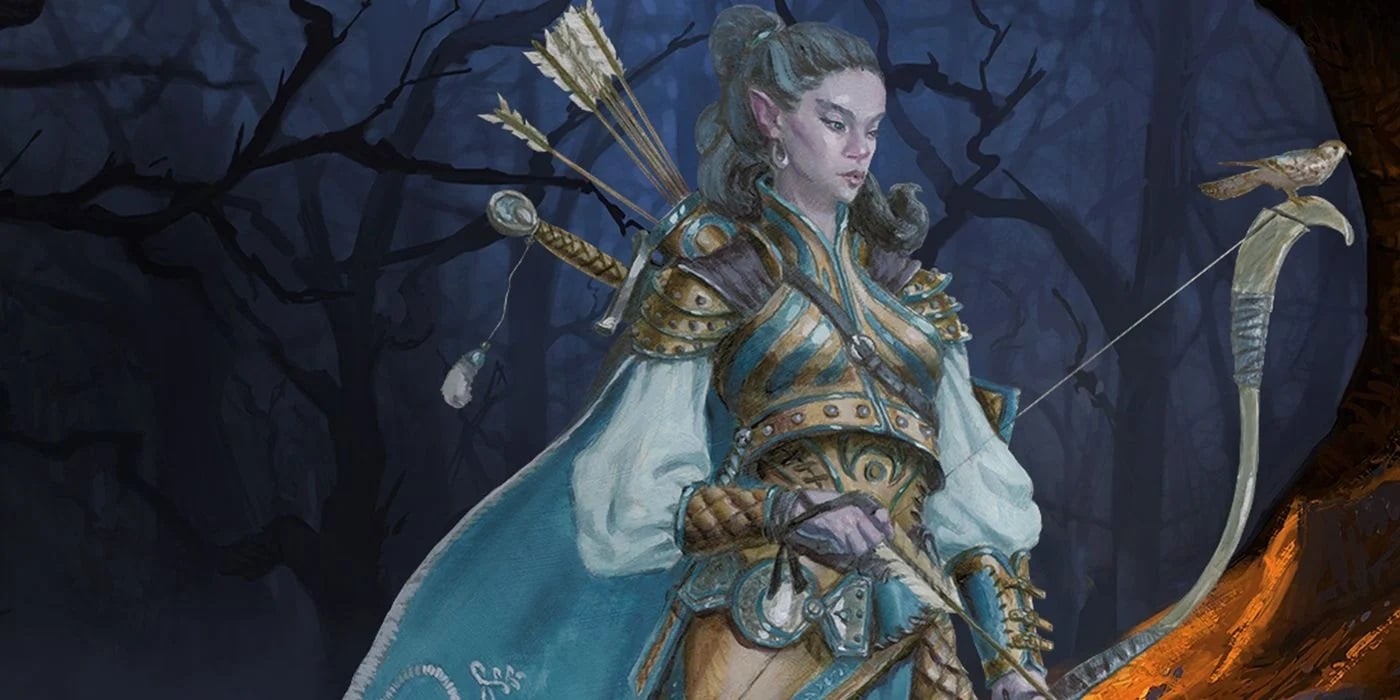
And instead of Hide in Plain Sight, there is now Nature’s Veil. The ability would only allow you a +10 to stealth by wasting an entire minute to disguise yourself in mud and leaves and other more unpleasant things. Where if you ever moved or used an action or reaction, you would lose your entire bonus. This ranger’s ability was replaced with the ability to turn invisible for free as a bonus action a number of times equal to the ranger’s proficiency bonus, which is an objective improvement.
Overall, the optional abilities introduced by TCoE really rounded out the ranger as more of a scouting naturalist with plenty of leadership and focused damage potential. These changes, although not perfect, were considered a significant step in the right direction.
Ranger? I Don’t Even Know ‘er!
With amazing abilities added to the class years after its release, one might think it’s impossible to detract from that. Right? Well, that is definitely what the community is hoping and praying for right now.
As the new D&D 5.5e looms closer, playtests of the new ranger have seen massive scrutiny from the community. This is because the reworked class has an over-dependence on it’s spell, Hunter’s Mark.
This spell, now a class feature, essentially replaces both Favored Enemy AND Favored Foe. This means what once was an optional class-specific spell is now crucial to the class’s construction.
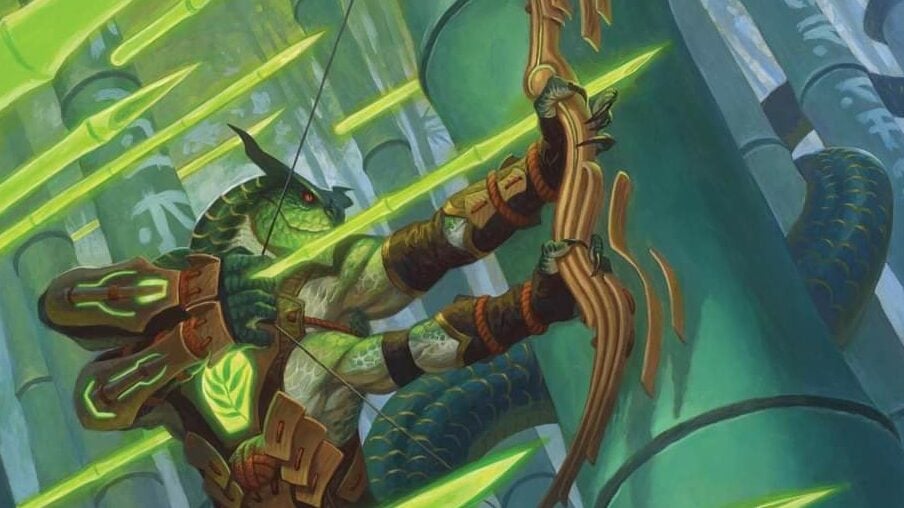
This change is so bad because, despite Hunter’s Mark being the combo of both aforementioned abilities, it requires concentration. This means the ranger must concentrate on tracking or dealing bonus damage instead of doing it for free.
Not to mention that the rest of the class’s new abilities are simply the changes from Tasha’s as well! Essentially, the ranger update is just canonized TCoE with nothing else new besides the spells.
Again, because of this, it fails to truly identify the ranger’s true identity. Is it a stealthy scout proficient at identifying weak spots in the enemy? A tracker adept at following targets at long range? A hunter trained at poaching its prey no matter the size? It really just feels like WotC doesn’t know what they want to do with this class.
Favored Enemies and terrains gave the class a unique ability that just needed some tweaking to be great. This begs the question- why did WotC choose to remove such vital aspects from the class after so many years?
Really, I want to see Ranger grow to be both powerful and unique in its own way. But taking away what made it unique in the first place, in my opinion, is NOT the way to go. Right??? If it’s broke- fix it! Don’t replace it with new parts!

